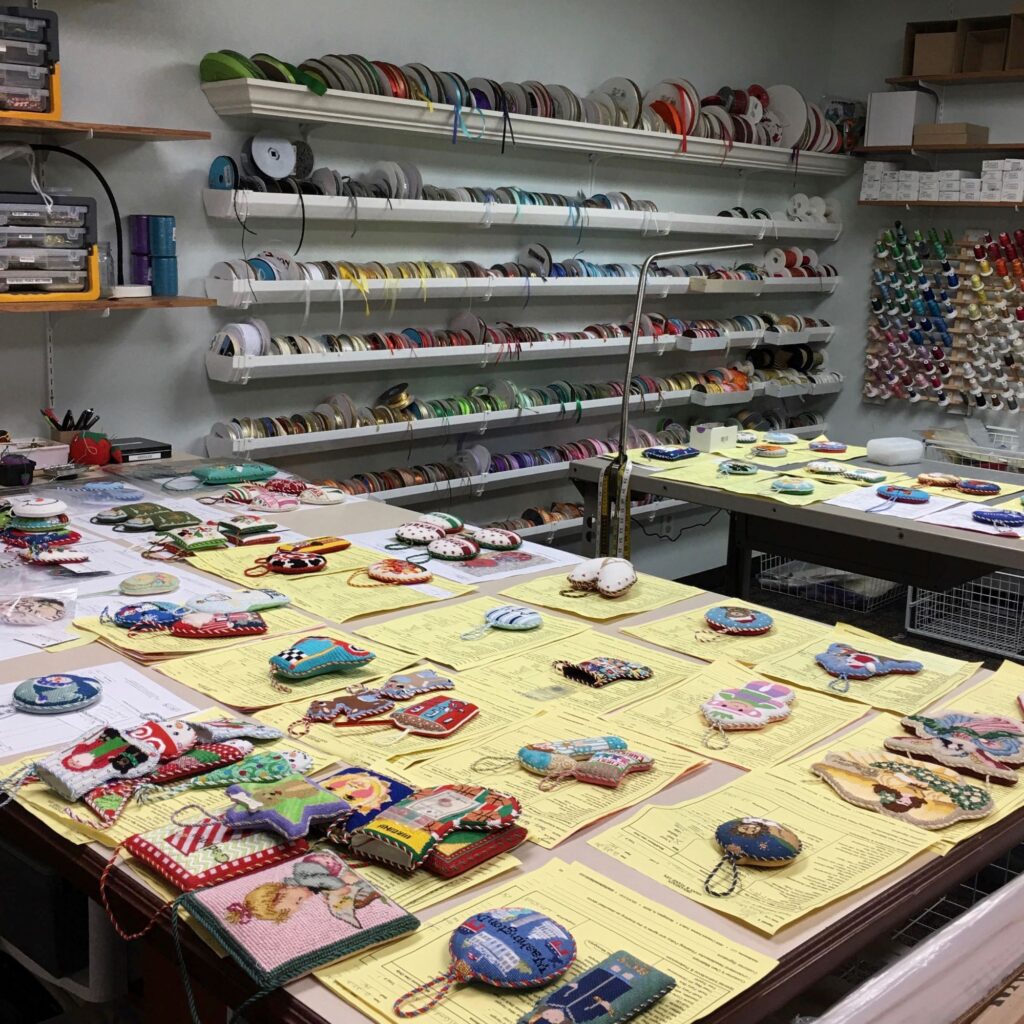I couldn’t let the week go by without doing a post, especially as The (baby) Floret was fed by tubes. I’ve written about this before and mentioned that, initially, it was a scary thing to do. My mum (a former … Continue reading →
I couldn’t let the week go by without doing a post, especially as The (baby) Floret was fed by tubes.
I’ve written about this before and mentioned that, initially, it was a scary thing to do. My mum (a former Ward Sister) remarked that, if she’d been in my position, she wouldn’t have been able to change the tubes on me, despite doing all kinds of invasive procedures for her patients over her years of nursing. But I’m pretty sure she would have, if I’d have needed it. But perhaps if it’s not your child, then there’s not the emotions attached…I think that’s what she was getting at.
You’ll probably know that lots of people – babies, children and adults – rely on different ways of feeding/getting nutrition.
If you’ve ever had the opportunity to watch a parent how they do it (without staring, obvs!), and, if this was a ‘seasoned’ parent, you will most likely see them conducting this procedure like it’s second nature. With practice, it usually gets easier. I guess it’s like most things – practice makes perfect and all that.
…but, we mustn’t forget that, with a naso-gastric tube, inserting the tube is an invasive procedure with risks.
I anticipated, once Hannah was born, I’d either pop a hooter out when required or mix up a bottle of milk and give it to baby – checking the temperature of the milk, winding afterwards etc. It’d be easy once I got the hang. Oh yes.
But destiny had other ideas for us. Hannah had a cleft palate, hardly any chin and definitely no gag reflex. I was told she had another condition called Pierre Robin Sequence. Feeding, for us, initially, necessitated using a tube and then gradually introducing milk orally via tiny spoons, then bottles – increasing and logging the amounts of milk taken.
Feeding whilst out and about was tough. I got the hang of packing everything (you can’t chance leaving something out!), but, for the most part, it was the stares that were the most difficult. Naturally, people are curious, I get that. I respected the people who asked questions and tried to answer as best I could. But there were a few people who’d (clearly) never seen someone being fed like this, who would, at times, look absolutely horrified, but couldn’t stop staring.
…and that was about as helpful as a waterproof teabag!
I won’t lie. I felt like flicking them the ‘V’s’. I tried to shield Hannah from their view. When I got fed up and more experienced, I just carried on and either tried to ignore them…or gave them one of my extra special stares.
Education is key.
So, in this post, I really want to big up all the parents who’re starting out on their feeding journeys…and the ones who continue on their journey. The seasoned ones make it look easy, but there is a skill to it. If that tube gets pulled out (as it often did with Hannah!), it has to be replaced.
…and guess who had to replace it when Hannah pulled hers out? Yours truly. Obviously!
Hannah, naturally, didn’t much appreciate having this procedure done. And who can blame her? So she fought me…and SHE. WAS. STRONG! A professional advised me to swaddle her in a towel. And that worked well, however, I needed two other pairs of hands to do all the other stuff. It often ended in tears (mine). But I got used to it.
So, I decided to attempt to relive my days of replacing tubes and feeding and whatnot to let people know what was involved for us. To highlight that it isn’t easy. That, alongside ALL the other challenges you have to tackle, all the appointments you have to attend, the therapies, trying to hang on to some semblance of ‘normality’ (whatever that really is) – like playing, cooking, and just getting through the day (and ALL the other stuff), it’s time consuming.
N.B. I shouldn’t have to spell this out, but…THIS IS ABSOLUTELY NOT ADVICE FOR ANYONE ELSE ON HOW TO DO IT. It’s just how I did it.
Ingredients
1 x feeding tube
1 x pair scissors
Medical tape (not Sellotape or masking tape!)
Milk formula (prescription – smells awful)
Water
1 x Bottle
Syringes
1 x Ph strip
1 x towel
Nerves of steel
Tissues (for crying afterwards…possibly)
1 x baby
(If you’re out and about, don’t forget ANYTHING…in fact, pack double…with the exception of the baby. Just take the one)
Method
Prepare everything beforehand.
Mix awful smelling formula with water. Warm. Check temperature!
Carefully remove existing tape and tube, pulling slowly from nose.
Measure feeding tube from sternum to nose to ear, cut excess off.
Cut tape in preparation.
Wrap wiggly baby in towel.
Insert feeding tube into opposite nostril (than used previously), slowly guide tube into nose and, hopefully, down into tummy.
Once it’s in the right place, attach tape to cheek to secure. Tube will sit over top of ear.
Attach syringe to feeding tube, aspirate fluid.
Put fluid on Ph strip and check carefully! Ph strips help to indicate whether the tube is in the lungs or stomach. You REALLY don’t want the tube in the lungs!
Try and keep calm. Try and keep baby calm. Breathe!
If it’s safe, attach syringe to tube.
Carefully pour milk into syringe and start to feed.
Once feeding has finished (which will probably take FOREVER), remove syringe and ensure attached cap is closed over tube.
Document how much milk was taken.
Use tissues if it was a stressful tube change.
Give cuddles.
Repeat process every 4 hours – 24/7
So if you come across a scrumptious tubie and their parent, cut them some slack. Give them a smile if they’re out and about and feeding their loved one (don’t stare. It sucks)
#mykidlovesbroccoli #feedingtubeawarenessweek #cleftpalate #tubefed #tubie #SENDparenting #SEND #disability #specialneeds










